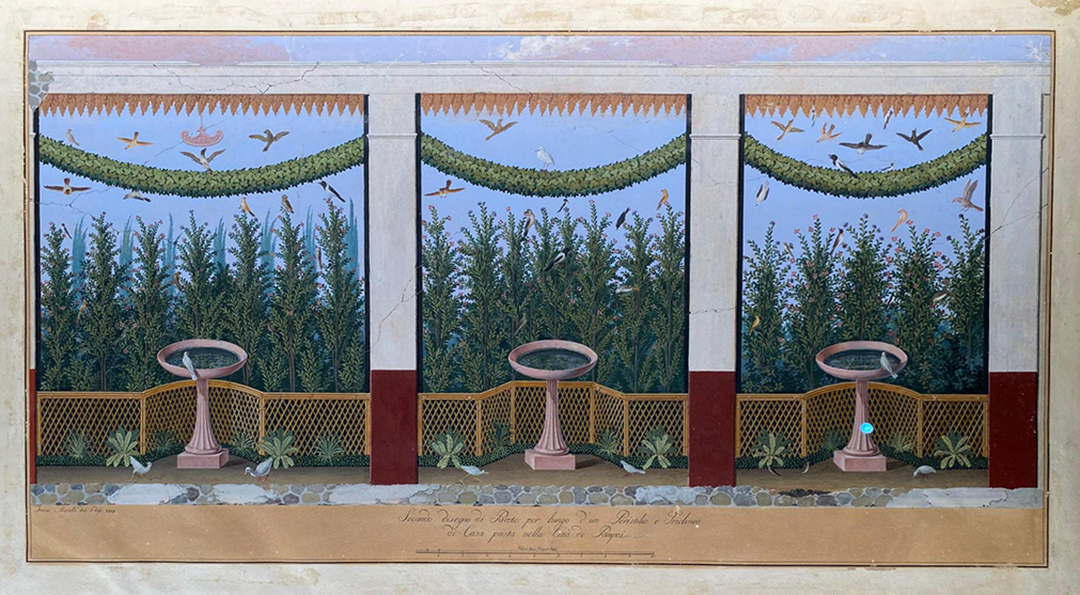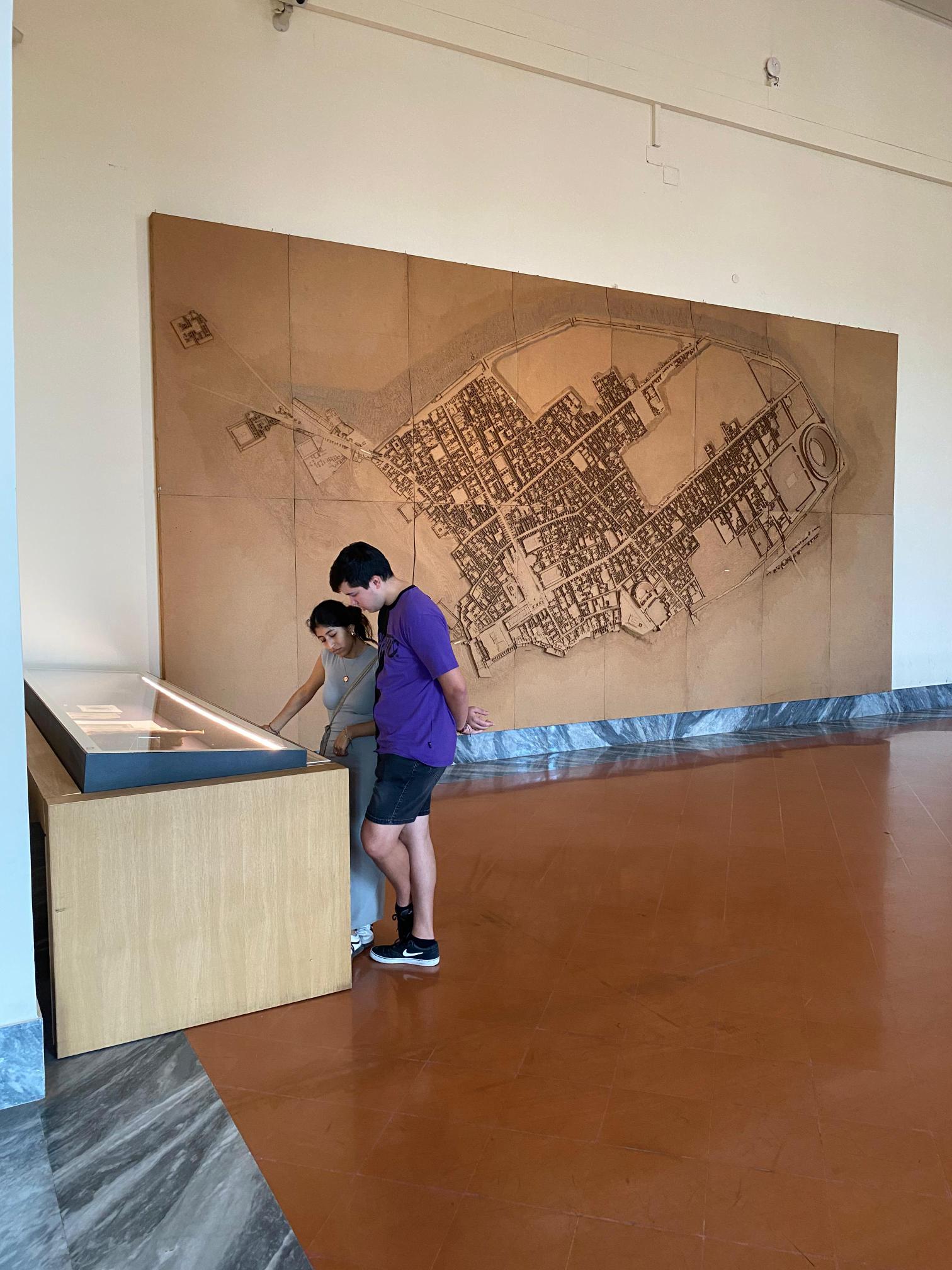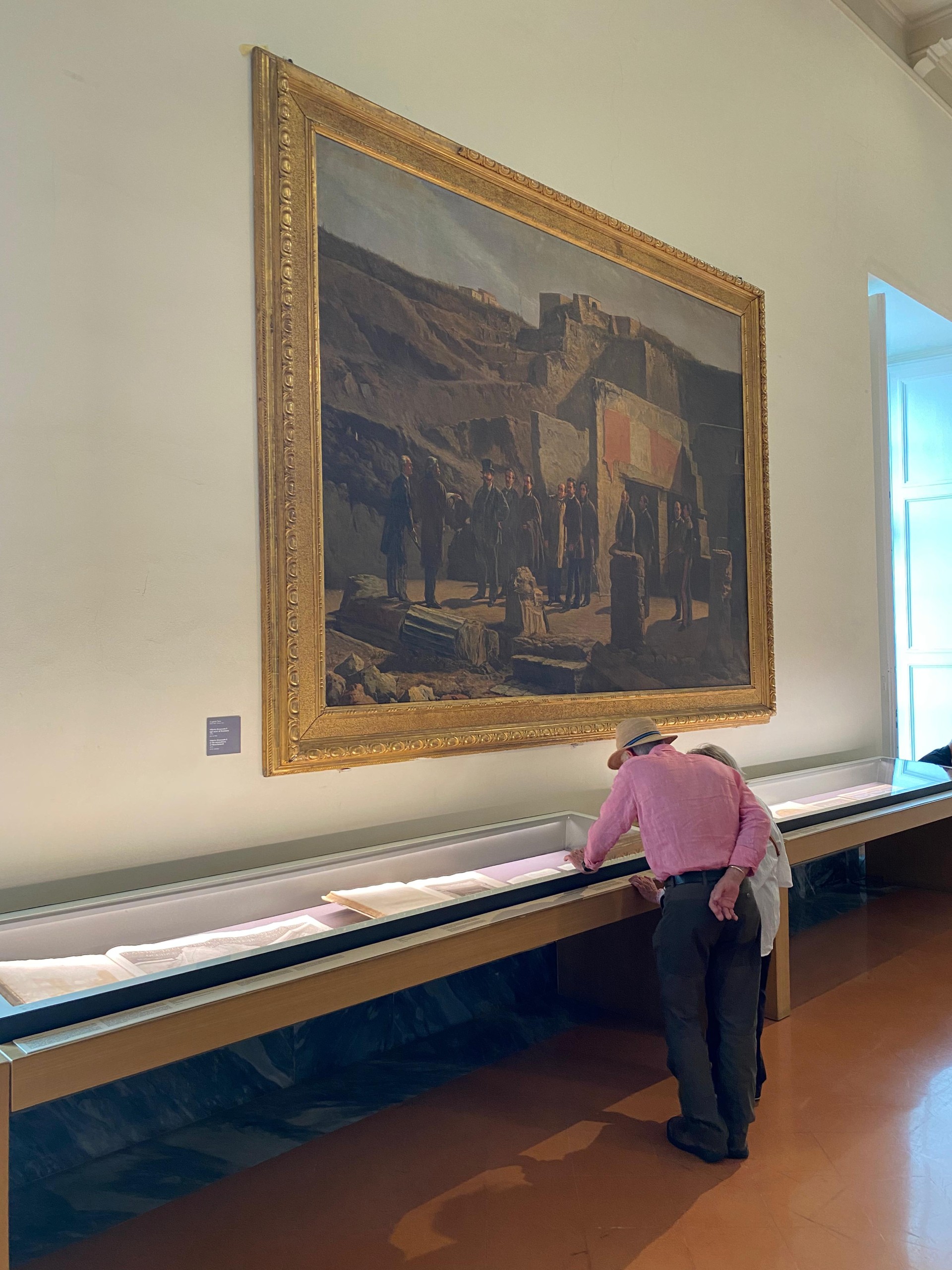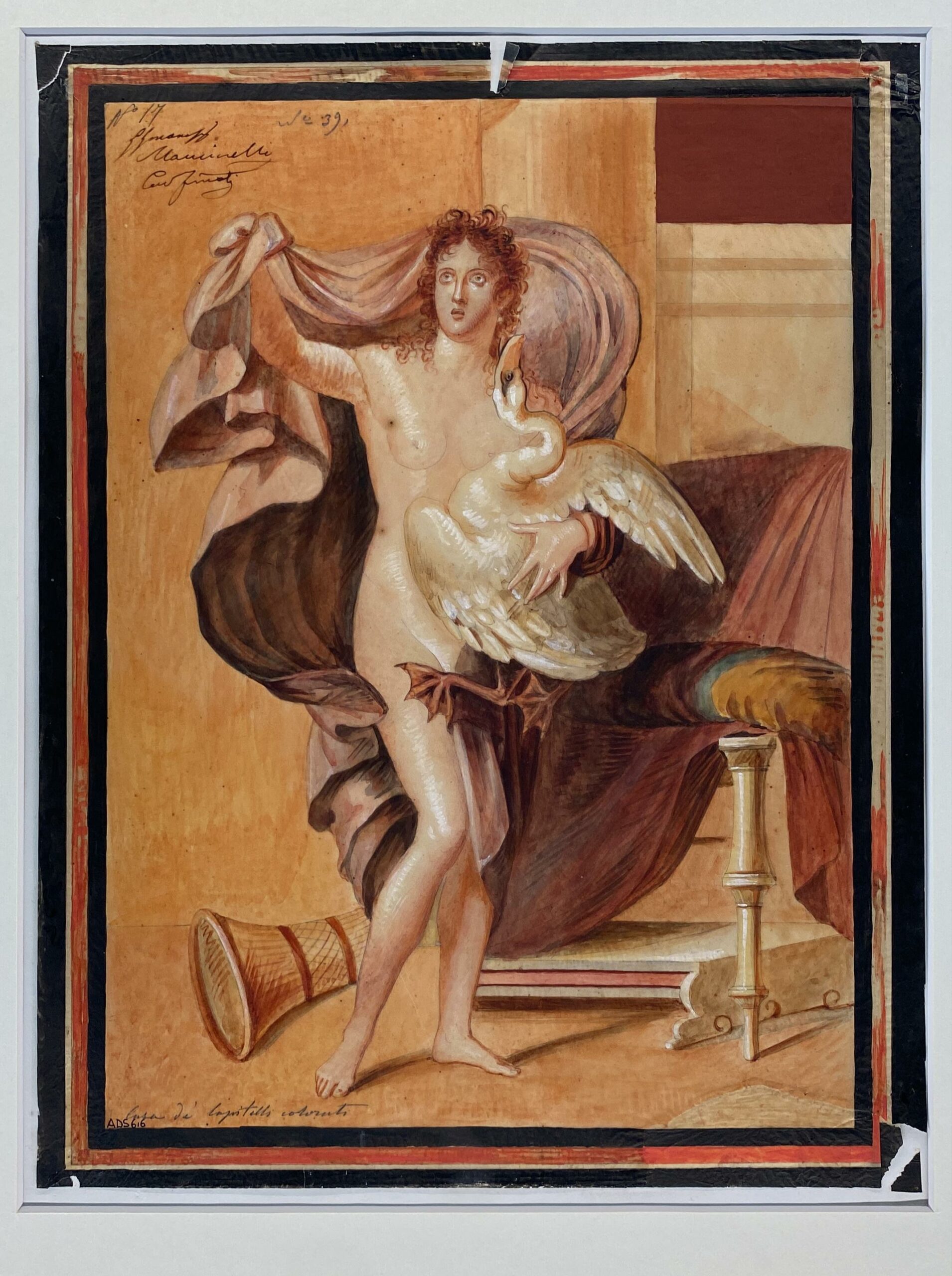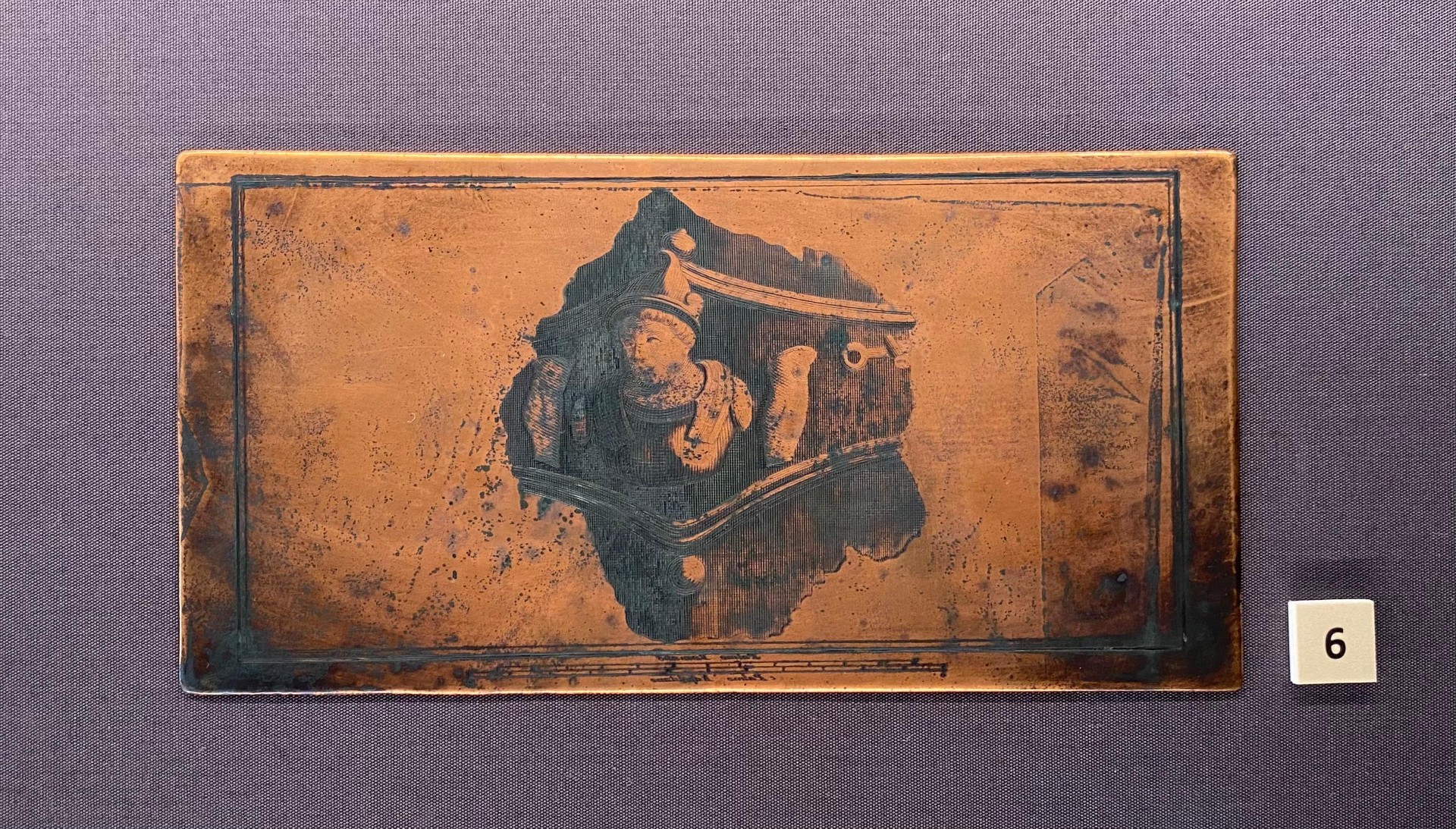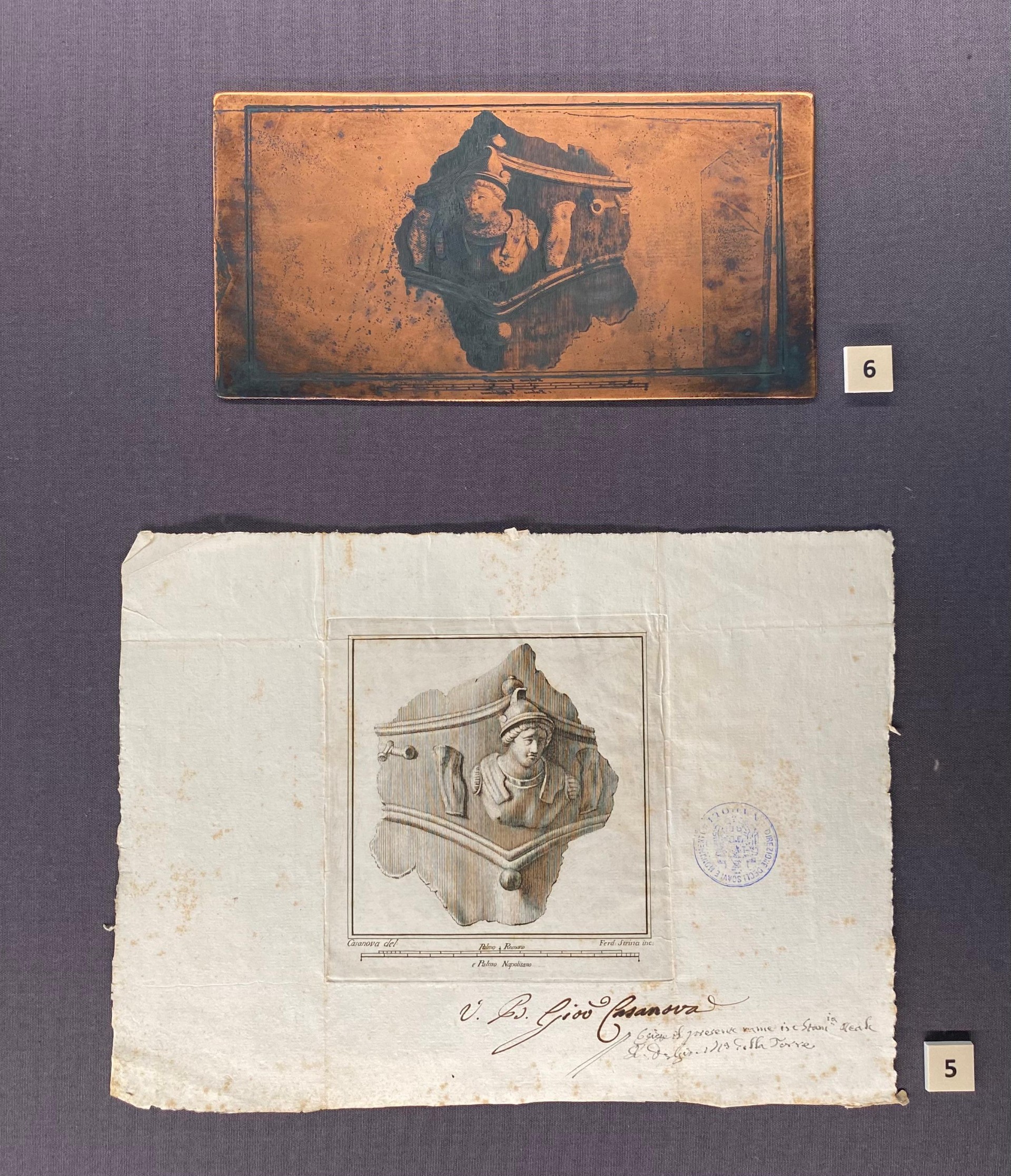Recording the excavations: Pompeii in the publication projects during the Kingdom 1740–1850
When
23 October 2024 – 31 January 2025
Hours
The exhibition wants to give an idea of the documentation process of the excavations of Herculaneum and Pompeii, which converged in the official publications sponsored by the kings of Naples, from Charles of Bourbon to Ferdinand II of Bourbon, with a contribution of Joachim and Caroline Murat.
In the room of the model of Pompeii are on display twentysix works selected from the the archive collections held by the Museum: the Library, the Historic Archive, the Drawing and Print Archive, and the collection of copper plates of the Royal Print House. In addition to the volumes of "Le Antichità di Ercolano Esposte (1757–92)", furnished with engraved copper printing plates and preparatory drawings, visitors will also have the chance to admire the volume of "Unpublished Copper printing plates", belonged to Caroline Murat, together with a series of gouaches by Francesco Morelli and very rare tissue papers, by Giuseppe Marsigli.
The exhibition dialogues with the permanent installation of the great model of Pompeii, created between 1861 and 1879. How did they carry out excavations at Pompeii one century after the discoveries? Why did wall paintings were removed? When does the idea of leaving wall painting in situ date back? Which risks were taken into account? Spanning a time from the first eighteenth century deeds to mid-1800s, various techniques of documentation, conservation and restoration were experimented. Not all of them were successfull and drawings produced in the process remain sometimes the only reliable source to reconstruct a painting which has faded away. The works on display are able to record and pass on this story.
In the room of the model of Pompeii are on display twentysix works selected from the the archive collections held by the Museum: the Library, the Historic Archive, the Drawing and Print Archive, and the collection of copper plates of the Royal Print House. In addition to the volumes of "Le Antichità di Ercolano Esposte (1757–92)", furnished with engraved copper printing plates and preparatory drawings, visitors will also have the chance to admire the volume of "Unpublished Copper printing plates", belonged to Caroline Murat, together with a series of gouaches by Francesco Morelli and very rare tissue papers, by Giuseppe Marsigli.
The exhibition dialogues with the permanent installation of the great model of Pompeii, created between 1861 and 1879. How did they carry out excavations at Pompeii one century after the discoveries? Why did wall paintings were removed? When does the idea of leaving wall painting in situ date back? Which risks were taken into account? Spanning a time from the first eighteenth century deeds to mid-1800s, various techniques of documentation, conservation and restoration were experimented. Not all of them were successfull and drawings produced in the process remain sometimes the only reliable source to reconstruct a painting which has faded away. The works on display are able to record and pass on this story.
tag — Mann, Mostra
Altre mostre ed eventi.
